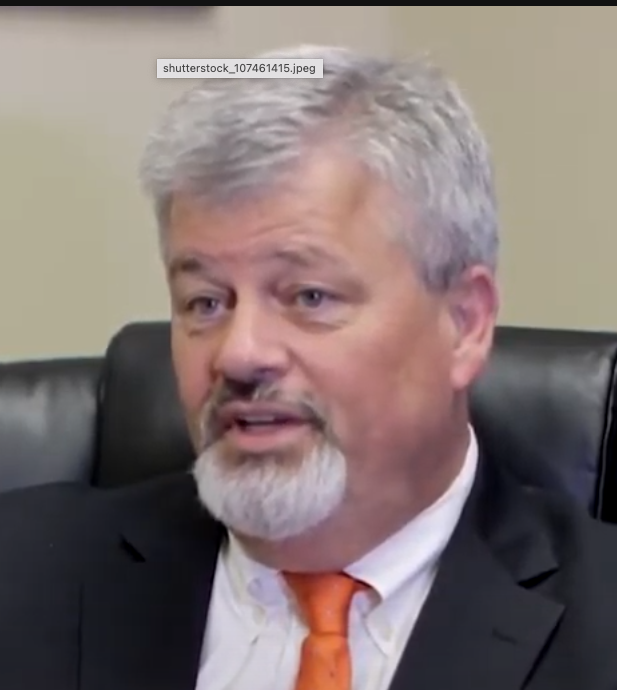Through the TDF (Tourism Development Fee), owner-occupied residences receive a 67.5% reduction in city property taxes.
We have 60 miles of beaches and 14 unique communities that make up the area known as The Grand Strand. That includes
6 distinct beaches & two gorgeous state parks!
The Grand Strand has more than 90 golf courses, 35 mini golf course, and hosts more than 2.5 million rounds played per year. That's why we're known as the "Golf Capital of the World."
The Myrtle Beach area has more than 2,000 restaurants with top-notch cuisine from all over the world. You could eat out once a week for 34 years and never go to the same restaurant twice!
The Grand Strand has more than 157,000 accommodation units spread out across 425 hotels, plus plenty of resorts, condos and villas. That's more rooms than Las Vegas!


